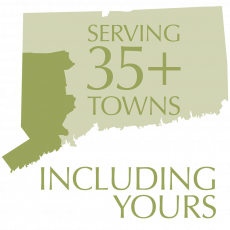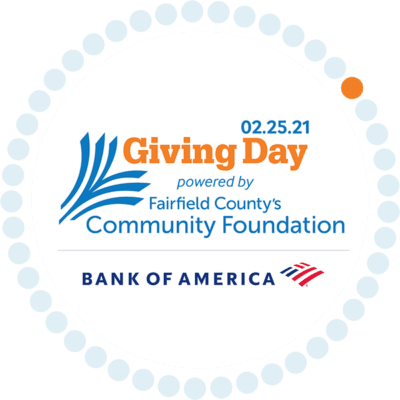Physical therapist and sports fan, Jeff Panepento, never seriously considered going into any other career than PT– unless you count his childhood dream of being a professional baseball player. Jeff has been with RVNAhealth for two years, and we think he’s right where he was meant to be. MLB’s loss was RVNA’s gain!
Where did you grow up? Where do you reside now?
I grew up in Rochester, NY, and now live in New Milford, CT.
What brought you to RVNA?
I was looking for a change after over 10 years at a previous clinic and heard that RVNAhealth was a great organization. The more I learned about it through the interview process, the more impressed and excited I was at the possibility of working here.
What is your role at RVNA? I’m a physical therapist onsite at Rehab by RVNA, and I also treat patients in their homes for RVNA’s northern territory, which includes New Milford, Brookfield, Danbury, Bridgewater, and surrounding areas.
What is your favorite thing about your job?
This is just a great organization with great people. I enjoy the variety of treating patients both in our Rehab by RVNA facility and in their homes. And, I’ve really enjoyed being a part of the growth of our on-site services.
Did you ever consider another profession?
Nothing seriously. Other than professional baseball player, of course.
What do you love to do when you’re not working?
Spending time with my kids and family, sports, and working out.
What is your hidden talent?
I was born with no sense of smell, like many of my other family members. I guess that could be considered a talent in some cases….
What would you do if you won the lottery?
I would travel with my family, probably do some home updates, and definitely get some great front-row seats to some awesome sporting events and shows.
Do you have a favorite RVNAhealth moment or story to share?
I just think it’s been cool that I’ve been able to work with people through their whole rehab process — from the day after they came home from the hospital and began physical therapy at home, to the conclusion of their therapy at Rehab by RVNA when they’re fully recovered. It’s given me a unique perspective on the therapy process and has been very rewarding to be with some of these great people from A to Z!


